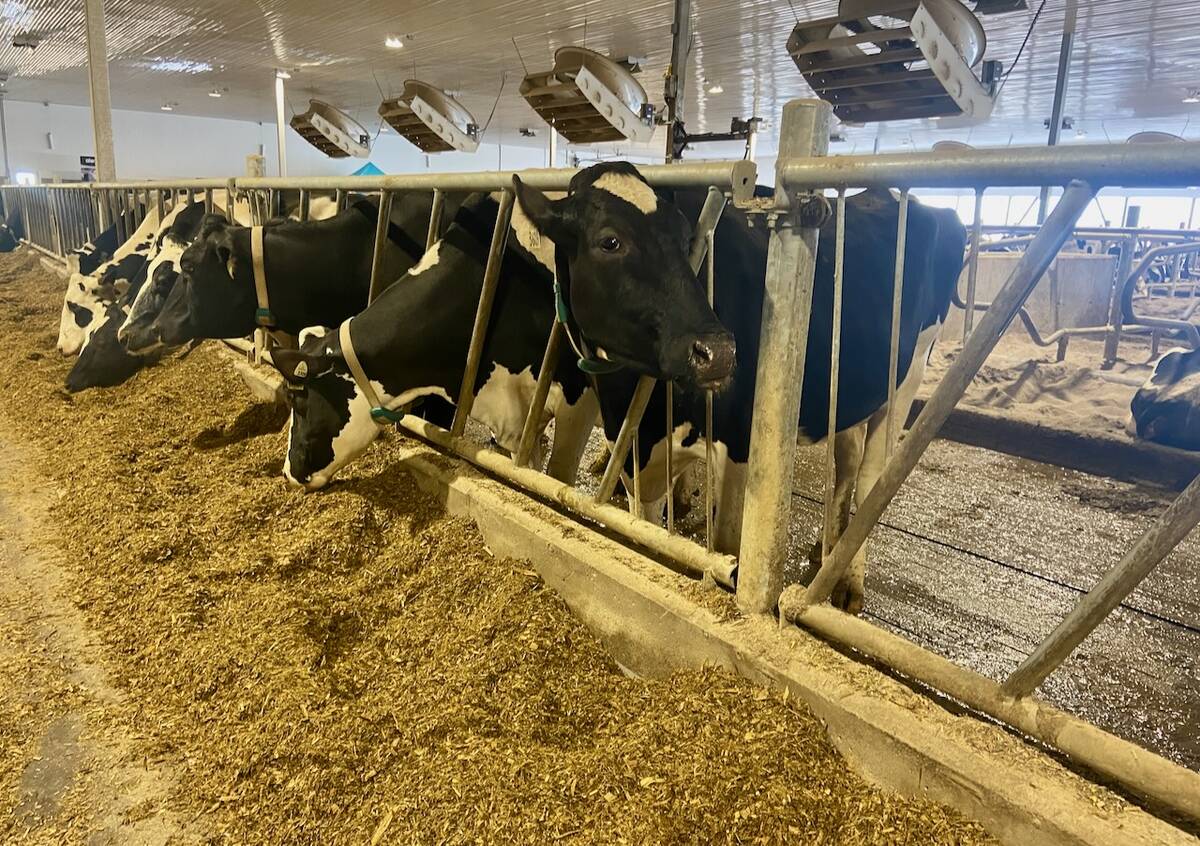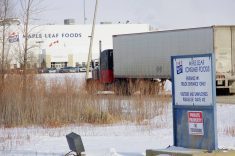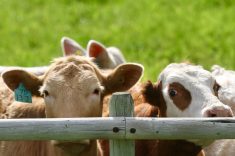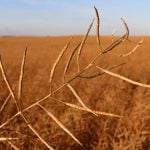Canada’s cattle industry is going to need help to weather increasingly volatile prices, says a senior market analyst.
Anne Dunford of Canfax, the Canadian Cattlemen’s Association market analysis division, told cow-calf producers at a ranching for profit school in Calgary July 17 that without a live aid program to encourage feedlots to buy calves this fall, the effects could be chaotic.
“If the border remains closed, there will have to be other assistance,” she said.
Prices have dropped 70 percent in the eight weeks since Canadian beef and cattle exports were stopped following the discovery of bovine spongiform encephalopathy in an Alberta cow on May 20. May fat cattle prices of $1.07 in Western Canada plunged to 37 cents a pound on July 17.
Read Also

U.S. farm group supports supply management
U.S. grassroots farm advocacy group pushing new agriculture legislation that would move towards supply management like Canada has for dairy industry
In addition, feedlots are not buying replacements as they struggle for cash in an unpredictable market. Ironically, by the last quarter of the year there could be a shortage of fat cattle for packers to kill.
Cargill Foods has offered contracts of 75 cents per lb. for November because the company fears a gap in available slaughter cattle later in the season, Dunford said.
“There will be a period when we’re going to go from an ironic situation of can’t kill them to a period when there aren’t any.”
Beef industry officials have told the Alberta and federal governments that an aid program is needed to get young feeder calves and backgrounded animals moving again to fill that anticipated gap.
“Prices are going to reflect a closed border and half the size of our production and the industry will adjust,” Dunford said. “In the meantime, some of these herds need to be taken care of with further programs.”
A federal-provincial compensation program covered earlier marketings, but at this point feedlots are still losing about $200 per head. While feedlots have suffered major economic setbacks before, this crisis follows two years of record losses and some operations may not rebound after three years of red ink.
If the border reopens this fall, Americans with deeper pockets may come in and outbid the Canadians because they have had a healthy year and calves are in demand. Dunford said such action could destroy the Canadian industry.
She speculated that the market may reopen as a staged program, allowing boxed beef from animals younger than 30 months. Younger live animals may be next, or a permit system may be granted to prohibit too many slaughter cattle heading south at once.
Allan Nation, editor of Grass Farmer, said he expects price volatility for the next two years. The Americans have picked up Canada’s lost export markets by default and it could be difficult to regain them. In addition, the Americans are slaughtering as many animals as they reasonably can handle in anticipation of large numbers of fat cattle arriving from Canada later in the year.















